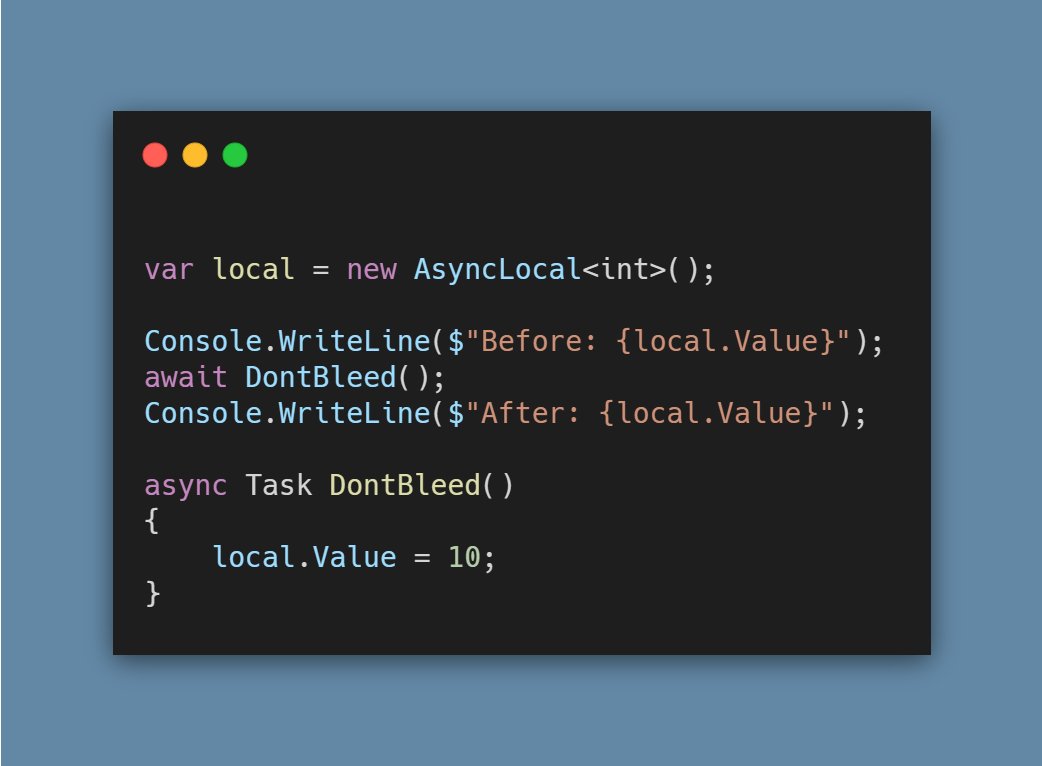
If you are queuing background jobs/work items today in your .NET applications, how are you doing it and what are you using it for? #dotnet #aspnetcore
What about non-durable background work?
Is anyone using the DurableTasks for job scheduling? github.com/Azure/durablet…
Or this github.com/jamesmh/coravel?
• • •
Missing some Tweet in this thread? You can try to
force a refresh







